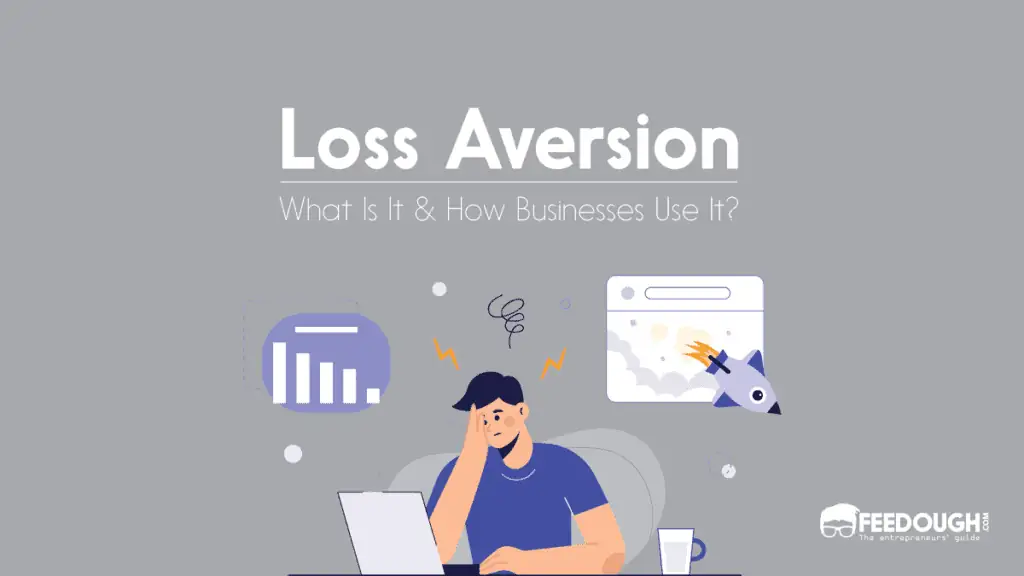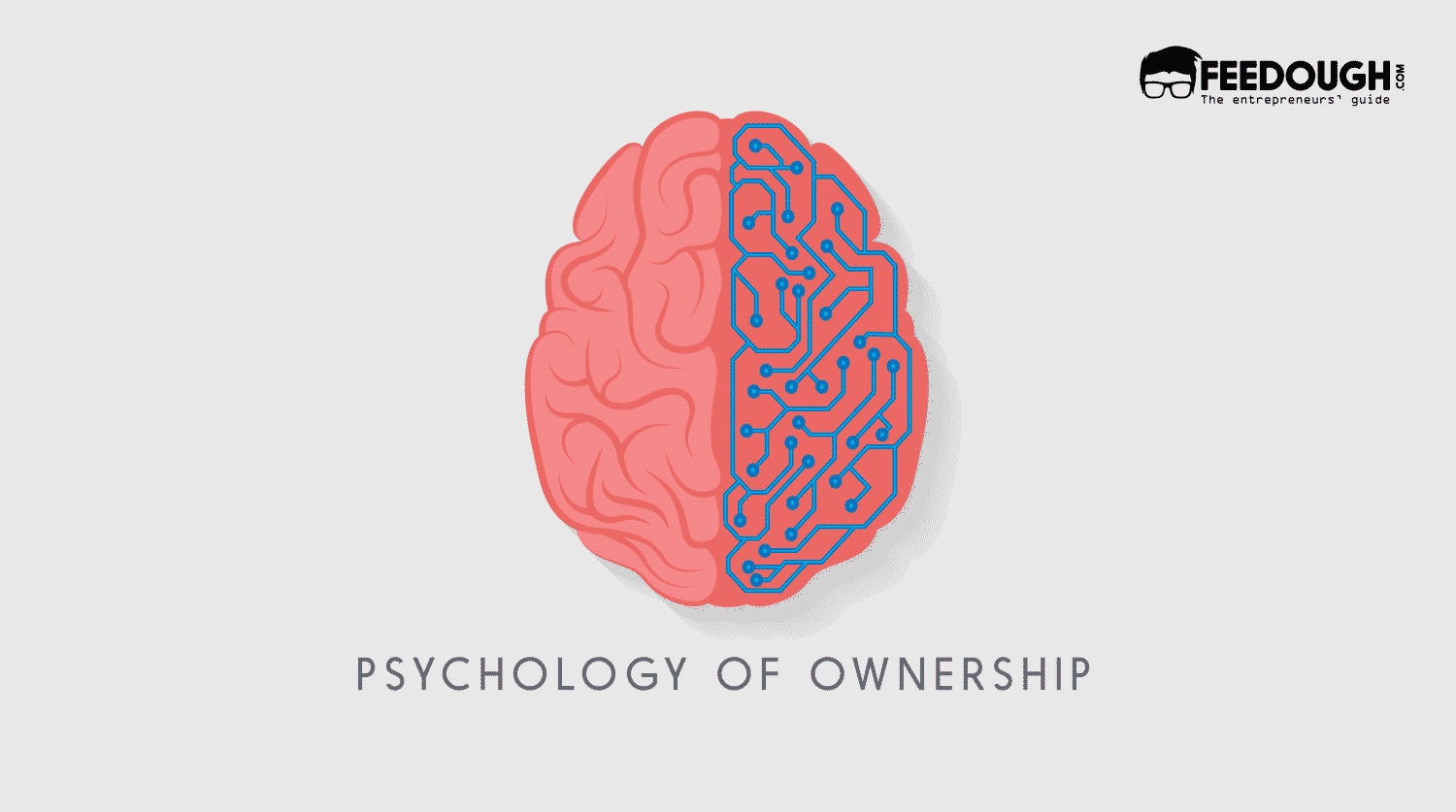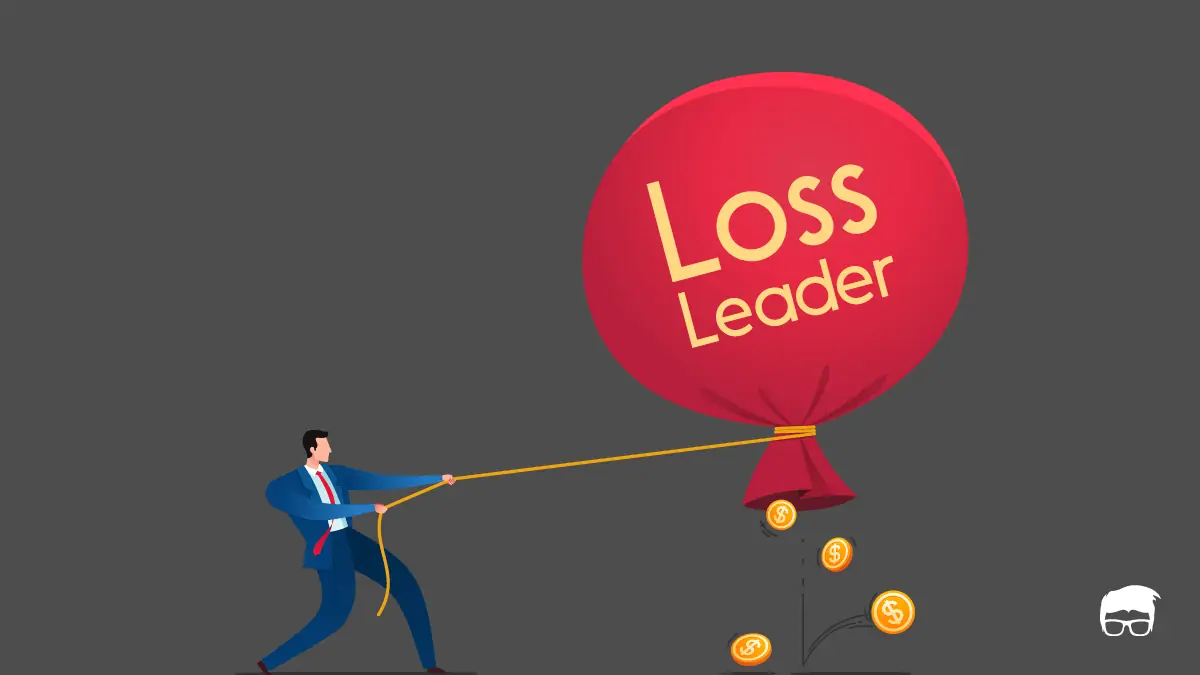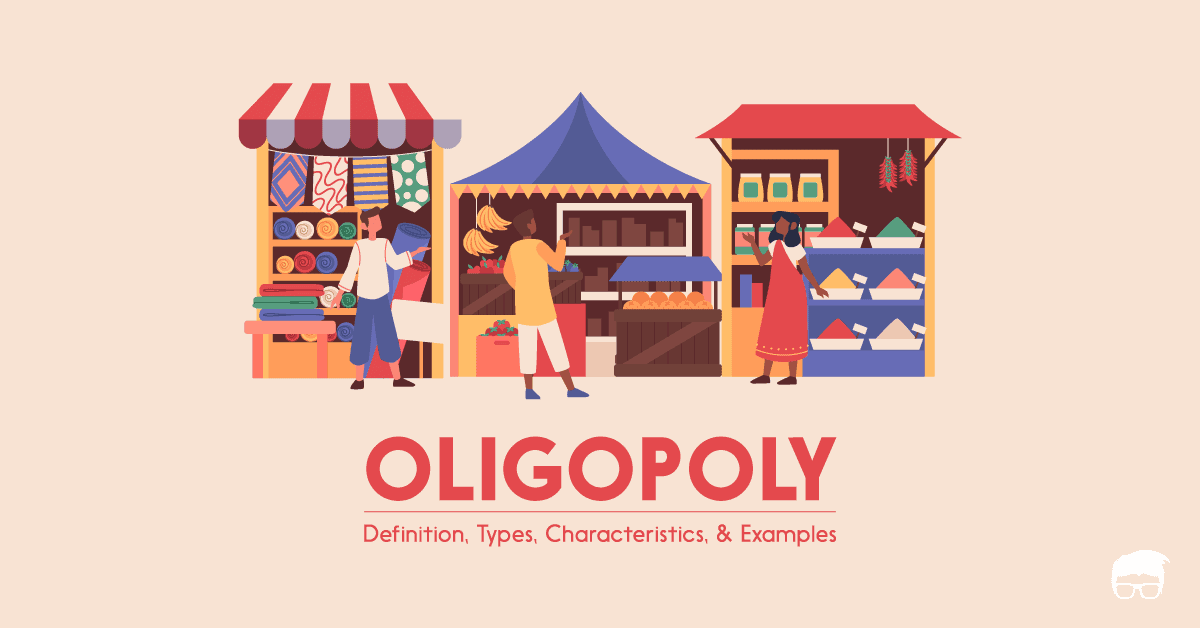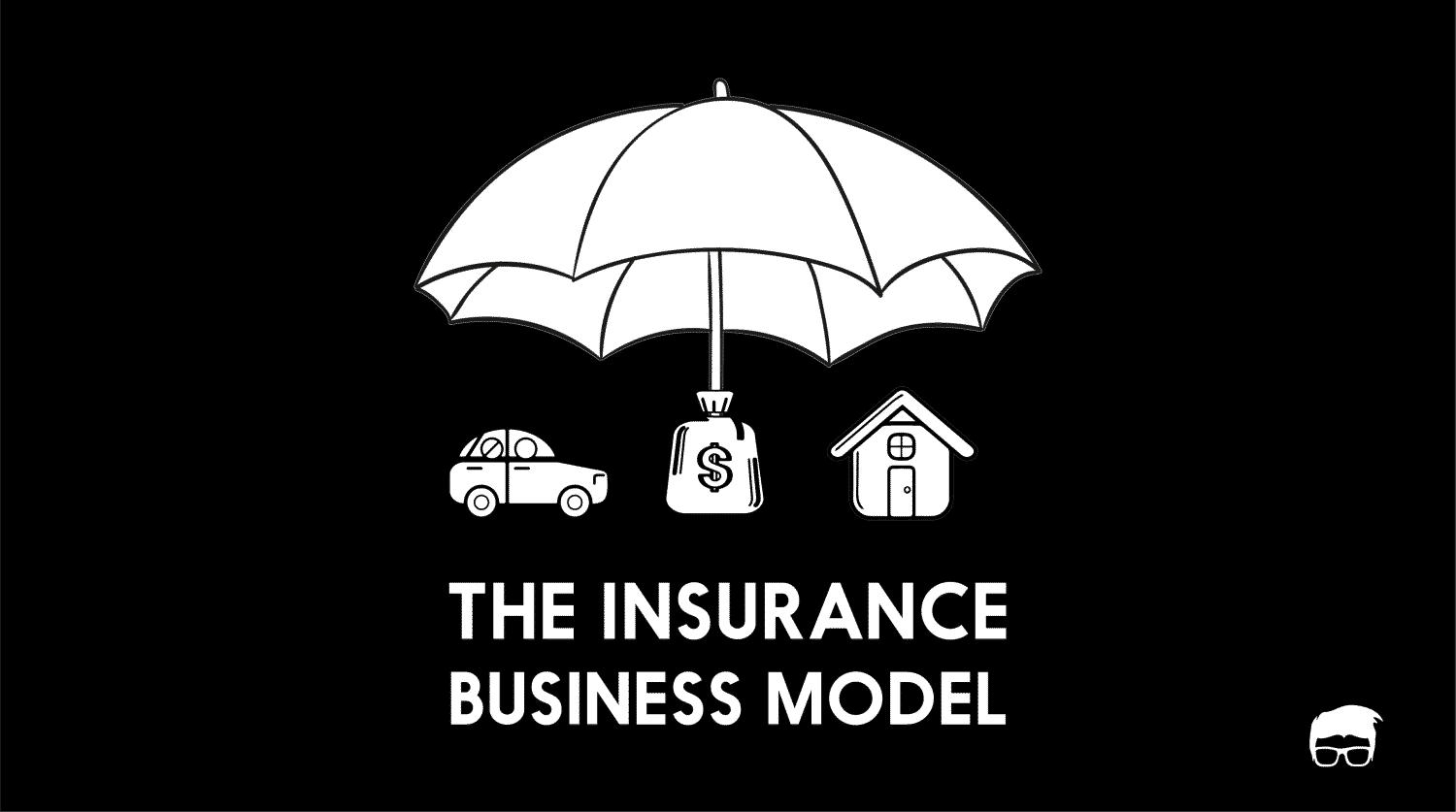Humans are roughly 2.5 times more sensitive to losses than they are to gains of similar size. This explains why losing a 50$ bet hurts more than winning a 50$ bet. The idea that people tend to feel more pain from losing something than pleasure from gaining something of equal value is known as loss aversion.
But what is loss aversion? How does it affect human behaviour?
What Is Loss Aversion?
Loss aversion is a concept in behavioural economics that describes people’s preference for avoiding losses over accruing equivalent gains.
It is a cognitive bias that explains why for individuals, the pain of losing is much more powerful than the joy of gaining something. In other words, people tend to be more motivated by avoiding losses than they are by pursuing gains.
For example, the pain of losing $50 dollars is far greater than the joy of finding $50.
Loss aversion typically plays out when people make decisions that involve risk. The fear of regretting a bad decision, such as making an investment and losing money, causes them to be more conservative in their approach.
Why is Understanding “Loss Aversion” Important?
Nobody likes to lose, especially when it comes to money. However, even rational thinkers can fall prey to their loss aversion bias. Here’s how possessing a sound knowledge of loss aversion can help anyone make better business decisions:
Make Better Investments
Loss aversion can prevent people from making the best decisions for themselves to avoid the risk of failure or loss as much as possible. Though being risk-averse is helpful in a lot of scenarios, it can prevent people from making logical choices as the fear is too intense or powerful. In such cases, people develop a negativity bias, i.e. giving more importance or weight to negative experiences than to positive or neutral experiences. For example, a person might be hesitant to invest in the stock market because they are afraid of losing money, even though they know that investing could earn them a higher return in the future.
Avoid Sunk Cost Fallacy
Sunk costs are outlaid of time, effort and money that are already spent. And since they are already invested, they can’t be recovered. Humans tend to focus too much on sunk costs, leading them to believe that they have too much invested to quit. For example, If a person purchases a movie ticket for 10$, they will feel like they have to stay for the entire movie, even if the movie is terrible. This is known as sunk cost fallacy. This unwillingness to concede a loss on a bad investment simply arises from the tendency to avoid a loss at all costs. That’s why people continue to pump money into a bad investment, hoping it will turn fruitful one day. However, this only motivates irrational behaviour and results in a greater loss of resources.
Examples of Loss Aversion
Loss aversion broadly affects a person’s judgements and decision-making, such as forming a preference, valuing a product and purchasing. Below are some common examples of loss aversion impacts real-life situations:
Endowment Effect
The endowment effect describes how people tend to assign a higher value to the products that they already own than to identical items they don’t own. For example, if a person is offered to exchange their favourite pair of sneakers (that their mother gifted to them) for a new pair, chances are they will not exchange them and continue to wear them.
The endowment effect arises because the pain experienced by an individual as a result of giving up the goods they already own is stronger than the pleasure experienced in buying a brand-new, unused product. Humans consider relinquishing the goods that they already own as a situation of loss.
Status-Quo Bias
Status quo bias describes how people have a tendency not to act or to prefer inaction so the current state of affairs remains unchanged.
This bias stems from the innate desire to prevent loss at any cost and can be used to explain why people fail to take advantage of investment opportunities. Rather than placing their money in investments with a certain degree of risk, people often leave their money in low-yield savings accounts. The status quo bias leads people to maintain their current financial situation instead of taking a risk and improving their financial gains.
Disposition Effect
The disposition effect is the tendency to hold onto assets that are losing money in the hopes of turning them around while prematurely selling off winning assets to make a profit. For example, investors tend to hold onto stocks that have fallen in price for far too long while prematurely selling off stocks that have risen in price.
Loss Aversion Vs Risk Aversion: What’s The Difference?
While the two terms may sound like the same thing, loss aversion is different from risk aversion.
Risk aversion refers to the tendency to avoid taking risks to minimize potential losses, while loss aversion refers to the emotional discomfort associated with losing money.
For example, a risk-averse investor may limit their portfolio to low-risk investments, whereas a loss-averse investor may be unwilling to sell a stock even when the price is declining.
Another key difference is that while risk aversion is a rational decision-making strategy, loss aversion is just an emotional response to losses.
Loss Aversion in Business
Customers make buying decisions based on the desire to avoid a loss. Marketers carefully study this behaviour and take advantage of it as they plan campaigns or write copies. Here are a few common tactics that they commonly use:
- Scarcity: Marketers create fear of loss by creating a sense of scarcity. For example, they may use phrases like “limited time offer” and “act now” to encourage potential customers to take immediate action or risk missing out on the opportunity. Ecommerce marketplaces like Amazon use scarcity principle to run flash sales that compel buyers to make a purchase before the offer ends.
- Free Trials: Free trials are another way marketers take advantage of loss aversion. Customers are more likely to pay for a product or service when asked to renew their subscription after the trial period because they don’t want to lose access to something they already have and may benefit from. A great example of this is Spotify. Users can take a 30-day free trial of the Premium plan and listen to the same music that they were listening to previously, just ad-free. However, very few people decide to cancel their subscription after the trial period and risk losing access to that perk.
- Limited-time offers: Limited-time offers are another way marketers take advantage of loss aversion. By offering a product or service at a heavily discounted price for a limited amount of time, customers are more likely to purchase the item out of fear that they may not be able to get it later on. This tactic is commonly used by retail stores around the holidays, when they offer one-day specials to encourage customers to buy now before it’s too late.
- Ownership effect: It’s hard for people to part with something they own, even if it’s just a digital product or service. This is known as the “ownership effect” or the “endowment effect” and marketers often use this tactic to encourage customers to keep using their products. For example, subscription services that offer discounts for a longer commitment period may entice customers who don’t want to lose out on what they already have, even if they’re not using it.
- Reframing: Reframing refers to changing how information is presented to the audience. This is also a very common tactic used by marketers. They reframe the critical points as losses and make sure to highlight them so that the customers develop FOMO (fear of missing out) by not acting. For example, “You get a 70% discount if you choose to shop now!”. Here’s the same statement reframed as: “You’re missing out on a 70% discount if you don’t shop now!”. Here, it is being highlighted to the customer that by not acting now, they are losing.
Go On, Tell Us What You Think!
Did we miss something? Come on! Tell us what you think about our article on loss aversion in the comments section.
An ardent reader, full-time writer and a lover of all things purple. Riya is an entrepreneurial spirit, making her way in the start-up industry through her expressive writing. When not working, you can find her jamming to music, watching period films, eating sushi, or petting cats.
